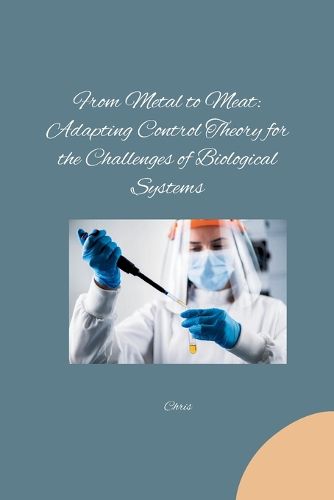Readings Newsletter
Become a Readings Member to make your shopping experience even easier.
Sign in or sign up for free!
You’re not far away from qualifying for FREE standard shipping within Australia
You’ve qualified for FREE standard shipping within Australia
The cart is loading…






The pursuit of autonomy and arti?cial intelligence - particularly in the domain of robotics - is a major driving force behind funding, research, and technological ad-vances in both academia and industry. However, despite signi?cant investments and breakthroughs, state-of-the-art systems are often bested by biology. One only has to look across the street at the neighbor's cat to see an example of an autonomous being that is at once more agile, energy-e?cient, and robust to environmental variations than our best quadruped robots. In general, animals excel at complex tasks (e.g. predator evasion) in highly dynamic and unpredictable environments - modern engineering systems, for the most part, cannot achieve comparable performance for even simple subsets of these tasks (e.g. legged locomotion, balancing). This contrast is made more remarkable by the fact that, as previously mentioned, animals are composed of organic components that are in many ways inferior to the metal components that make up our robots. In short, animals attain a level of robust-ness and autonomy that engineers have thus far failed to replicate. By gaining a deeper understanding of how biology accomplishes this, engineers can gain valuable insights to aid in their designs.
$9.00 standard shipping within Australia
FREE standard shipping within Australia for orders over $100.00
Express & International shipping calculated at checkout
The pursuit of autonomy and arti?cial intelligence - particularly in the domain of robotics - is a major driving force behind funding, research, and technological ad-vances in both academia and industry. However, despite signi?cant investments and breakthroughs, state-of-the-art systems are often bested by biology. One only has to look across the street at the neighbor's cat to see an example of an autonomous being that is at once more agile, energy-e?cient, and robust to environmental variations than our best quadruped robots. In general, animals excel at complex tasks (e.g. predator evasion) in highly dynamic and unpredictable environments - modern engineering systems, for the most part, cannot achieve comparable performance for even simple subsets of these tasks (e.g. legged locomotion, balancing). This contrast is made more remarkable by the fact that, as previously mentioned, animals are composed of organic components that are in many ways inferior to the metal components that make up our robots. In short, animals attain a level of robust-ness and autonomy that engineers have thus far failed to replicate. By gaining a deeper understanding of how biology accomplishes this, engineers can gain valuable insights to aid in their designs.